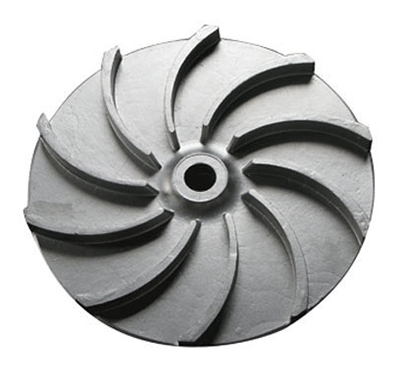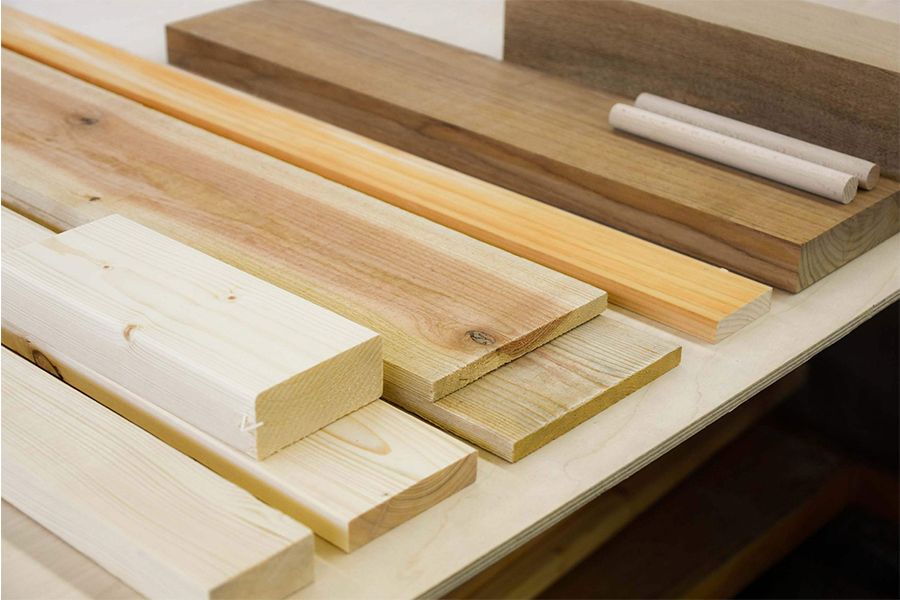UNDERSTANDING THE BASICS OF PUMP DESIGN AND OPERATION

Pumps are essential machines that move fluids, such as liquids and gases, from one location to another. They play a vital role in many industrial processes, including oil and gas, water treatment, and chemical manufacturing. Here, we will discuss the basics of pump design and operation.
Pump Design
Pumps are designed with several components, including an impeller, a casing, and a shaft. The impeller is a rotating component that generates a fluid flow by imparting energy to the liquid as it rotates. The casing is a stationary component that surrounds the impeller and helps direct fluid flow. The shaft links the impeller to the motor and rotates the impeller.
Types of Pumps
There are several types of pumps, each with its design and operation principles. The most common pumps at Pumpbiz include centrifugal, positive displacement, and axial flow pumps.
- Centrifugal pumps are the most prevalent type of pump. They use an impeller to create a fluid flow by imparting energy to the fluid as it rotates. The liquid is then directed through the casing and discharged at high pressure.
- Positive displacement pumps operate by trapping a volume of fluid and then forcing it through the pump to create a flow. These pumps include gear, piston, and diaphragm pumps.
- Axial flow pumps move large volumes of fluid with low head pressure. They work by generating a fluid flow parallel to the impeller’s axis.
Pump Operation
Pump operation involves several parameters, including flow rate, head pressure, and efficiency. The flow rate is the amount of fluid that is moved through the pump per unit of time, and it is measured in gallons per minute (GPM) or liters per minute (LPM). The head pressure is the amount of pressure the pump can generate, measured in pounds per square inch (PSI) or bar. Efficiency refers to the ability of the pump to convert mechanical energy into hydraulic energy, which is expressed as a percentage.
Pump Performance Curves
Pump performance curves are used to determine the operating parameters of a pump, such as flow rate and head pressure. These curves plot the relationship between flow rate, head pressure, and power consumption for a given pump. By analyzing the performance curve, engineers can determine the optimal operating point for the pump and adjust the pump speed to the desired flow rate and head pressure.
Pump Maintenance
Proper maintenance is essential for ensuring the longevity and reliability of a pump. Regular maintenance tasks include lubrication, inspection, and alignment. Lubrication reduces wear and tear on pump components, while inspection helps to detect any potential issues before they become major problems. Proper alignment of the pump and motor is also essential for preventing excessive wear on bearings and seals.
conclusion
Pumps are essential machines used to move fluids in industrial processes. Understanding the basics of pump design and operation, including the types of pumps, pump performance curves, and maintenance, is crucial for ensuring efficient and reliable pump operation. Companies can optimize pump efficiency, reduce downtime, and increase productivity by selecting the right pump for the application, monitoring its performance, and performing regular maintenance.






